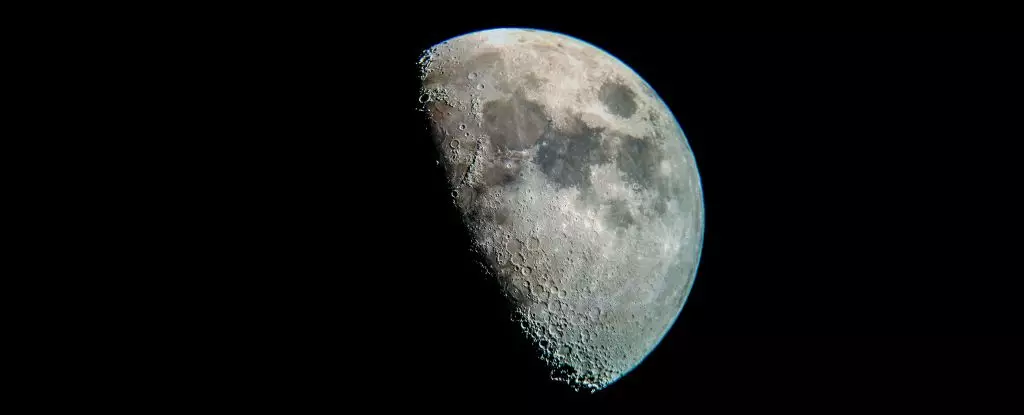The recent investigation published in May 2023 has brought forward some groundbreaking discoveries regarding the composition of the Moon’s inner core. Contrary to popular belief, it has been confirmed that the Moon’s inner core is not made of green cheese. Instead, it is a solid ball with a density similar to that of iron. This revelation has sparked a new wave of excitement among researchers as it will bring a significant shift in our understanding of the Moon’s history and, by extension, that of the Solar System.
One of the most effective ways to investigate the interior composition of celestial objects in the Solar System is through seismic data analysis. By studying how acoustic waves generated by quakes move through and interact with the materials inside a planet or moon, scientists can create a detailed map of its interior structure. Although lunar seismic data collected by the Apollo missions has been available, its resolution was not sufficient to accurately determine the state of the Moon’s inner core.
To finally solve the mystery of the Moon’s inner core composition, astronomer Arthur Briaud and his team conducted a comprehensive study using data from various space missions and lunar laser ranging experiments. By analyzing the Moon’s deformation due to its gravitational interactions with Earth, changes in its distance from Earth, and its overall density, they were able to build models that closely matched the observational data.
The research conducted by Briaud and his colleagues uncovered several interesting findings. Firstly, the models that best aligned with what is known about the Moon suggest active overturn deep inside its mantle. This overturning process involves denser materials moving towards the center while less dense materials rise upwards, providing valuable insights into the presence of certain elements in volcanic regions of the Moon.
One of the most significant discoveries made by the research team is the striking similarity between the Moon’s core and that of Earth. The Moon’s core consists of an outer fluid layer with a radius of approximately 362 kilometers (225 miles) and a solid inner core with a radius of about 258 kilometers (160 miles). The inner core’s density, approximately 7,822 kilograms per cubic meter, closely resembles that of iron.
Interestingly, the findings of Briaud and his team confirm earlier studies conducted by NASA Marshall planetary scientist Renee Weber in 2011. Weber’s study had also pointed towards the existence of a solid inner core with similar characteristics to what has been revealed in the recent investigation. This consistency in results strengthens the case for an Earth-like lunar core.
The new insights into the Moon’s core composition have opened up exciting possibilities for understanding its evolution. The presence of a powerful magnetic field in the Moon’s earlier years, followed by its gradual decline, is deeply connected to the materials and processes within the core. These findings may also have implications for future human missions to the Moon, as seismic verification could provide further validation of the research outcomes.


Leave a Reply